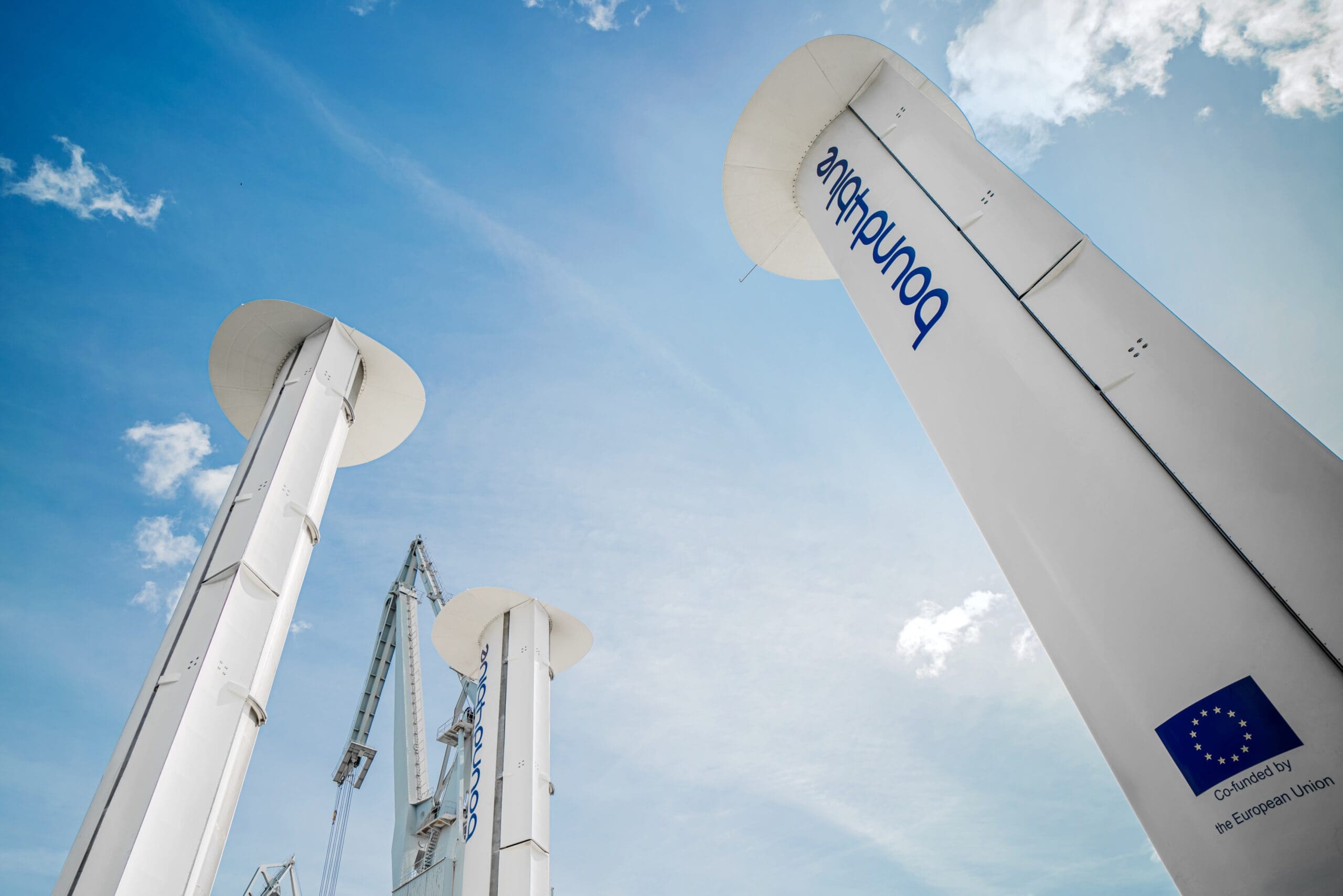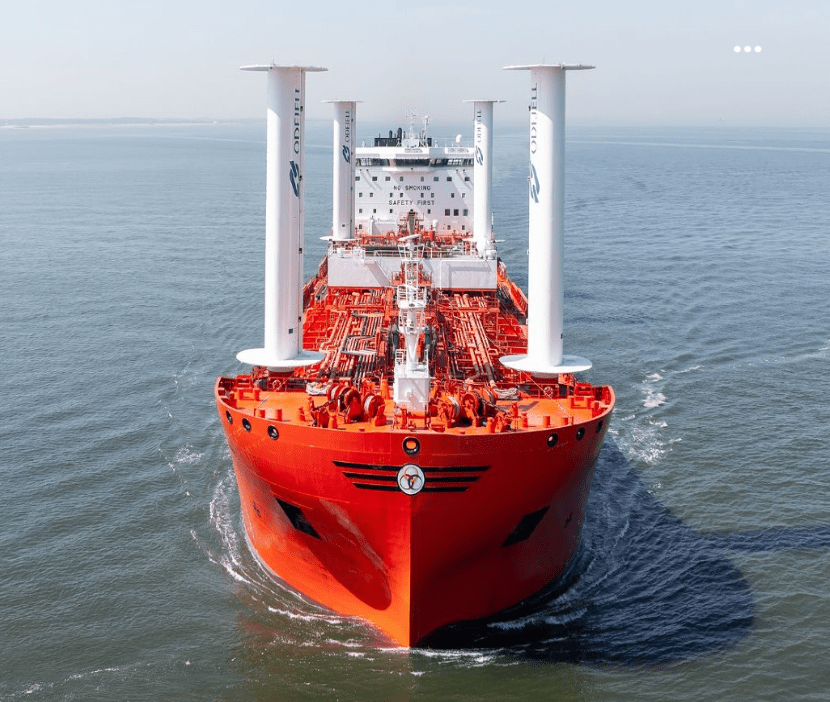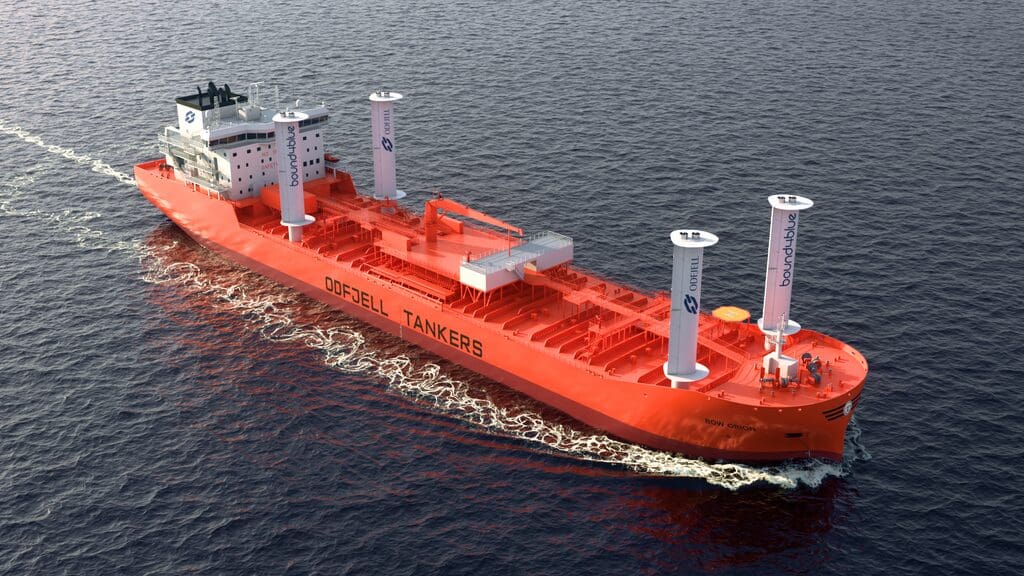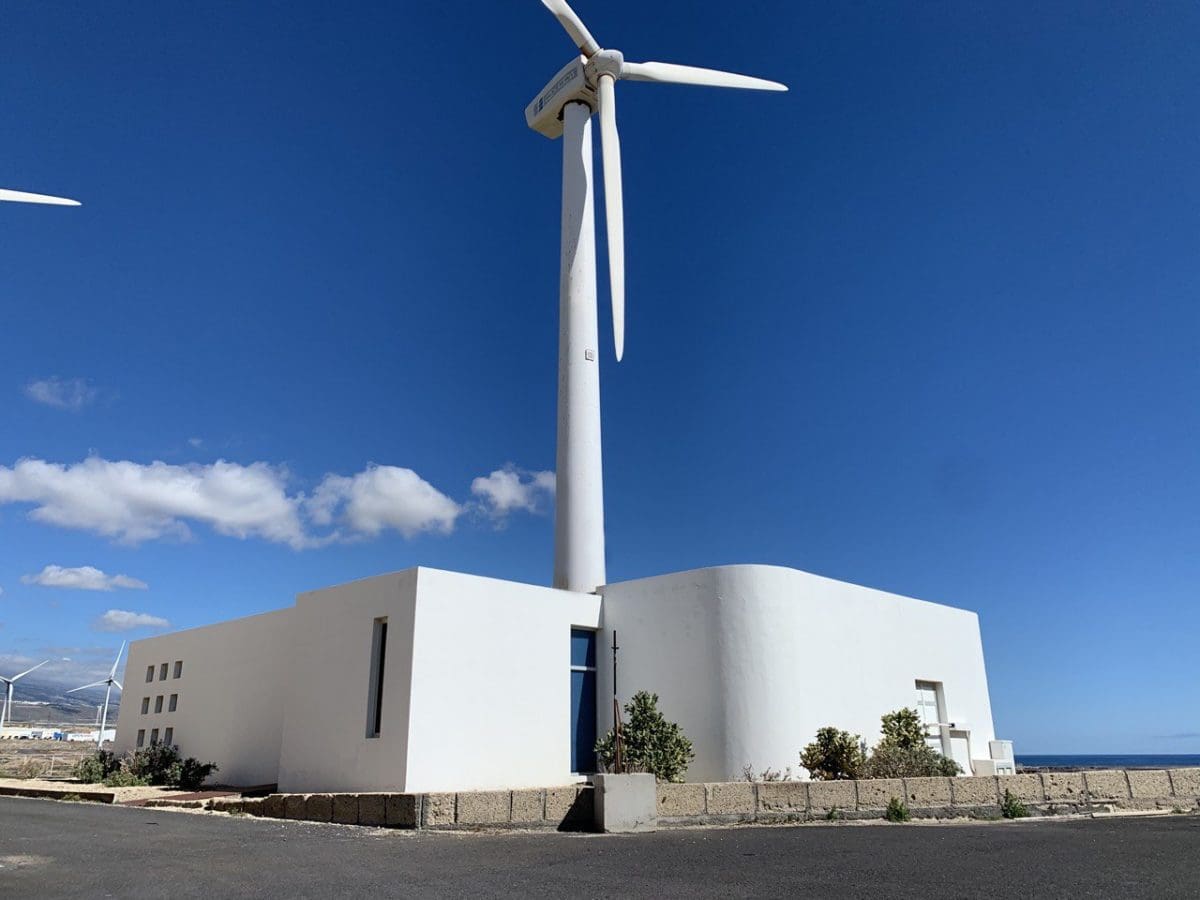News
EU ETS explained: what is it, what are the costs, and how can wind help
Published
25 March 2025
As the maritime industry plots a course towards greener horizons a new generation of regulations aims to accelerate progress. EU ETS is central to developments, but the details, costs and overall implications of the framework are far from straightforward. So, why not sit back and let us create some much-needed clarity on this crucial issue.
What is EU ETS (European Union Emissions Trading System)?
The EU ETS saw the light of day in 2005 as the world’s first large-scale emissions trading system. In short, it works as a market-based mechanism, setting a cap on total emissions from designated sectors and requiring companies to buy or trade ‘EU Allowances’ (EUAs – effectively representing one tonne of CO2) to cover their emissions output.
In 2024 EU ETS voyaged into the maritime domain, making it mandatory for shipping companies operating within European Economic Area (EEA) waters to purchase EUAs.
However, a critical point is that the overall number of EUAs available isn’t static – it’s reduced each year. This should, over time, drive up the costs of producing emissions and thus, it is hoped, incentivise a switch to cleaner energy alternatives.
EU ETS is a cornerstone of the EU’s ‘Fit for 55’ strategy, targeting a 55% cut in emissions by 2030.
How does EU ETS work?
Firstly, it’s worth noting the scope of operations falling under the EU ETS umbrella.
Basically it covers 100% of emissions on voyages and port calls within the EU/EEA, and 50% of emissions on voyages into or out of the EU/EEA, for all large vessels (above 5000 GT). So, any shipping businesses with operations touching upon European waters need to plan for compliance.
In terms of its structure, the regulation operates on a ‘cap-and-trade’ principle.
- The EU caps the total emissions allowed, with the cap shrinking to encourage GHG reductions.
- Companies must hold EUAs equal to their CO2 emissions, surrendering them to the authorities each year.
- Companies that reduce emissions below their allowance can sell surplus EUAs to others, creating a strong incentive for adopting decarbonization strategies and technologies.
- Companies exceeding allowances must purchase extra credits, or face stiff financial penalties.
To determine the number of allowances needed, and avoid those penalties, shipping companies must monitor, report, and verify emissions in accordance with EU MRV regulations.
Rolling out the EU ETS Framework
As you know, EU ETS is already up and running… but it hasn’t reached full pace yet.
Mindful of the impact of such a far-reaching regulation, politicians opted for a step-by-step introduction. As such, shipping companies were required to purchase allowances for ‘only’ 40% of verified emissions last year, rising to 70% for 2025. From 2026, and onwards, a full 100% of reported, verified emissions must be covered by EUAs.
The first surrendering deadline arrives in September 2025, covering all reported emissions from 1 January 2024 to 31 December 2024.
Another key point: unlike some industries, including manufacturing and aviation, shipping companies do not receive free allowances. All EUAs must be bought through an auction or on secondary (traded) markets.
What EU ETS costs can you expect?
Let’s not beat around the bush here… the financial implications of EU ETS will be significant.
It’s difficult to be too precise with calculations, as the cost of allowances will fluctuate on a market-driven supply and demand basis. However, the latest analysis has seen them spanning a price bracket ranging from lows of €60 per ton of CO2 to over €100 (since 2023).
To put that perspective, a medium sized vessel trading exclusively in EEA waters and producing 10,000 tons of CO2 annually could face costs exceeding €1 million.
The word ‘significant’ now seems somewhat of an understatement, doesn’t it?
And remember, if demand for allowances stays high and availability decreases, then market mechanisms will drive prices ever higher.
Meaning, when push comes to shove, shipping companies must strategize for reducing emissions now to avoid spiralling costs in the future. But how?
Assessing all the options
As you’ll appreciate, anything a shipping company can do to reduce fuel consumption and emissions will drive down compliance costs, so it makes sense to consider all options. For example, slow steaming, when possible, will unlock benefits, as will employing digital systems that allow for big data analysis, performance optimisation, smart weather routing, and other efficiency gains.
To really eat into costs, however, it pays obvious dividends to assess alternative fuels and cleaner energy. It’s here where Wind Assisted Propulsion Systems (WAPS) have a natural advantage.
The power of wind
Advanced WAPS such as bound4blue’s market-proven eSAIL® suction sails allow shipowners and operators to realise double-digit fuel savings, taking the strain off main engines and greatly reducing conventional fuel consumption and emissions. This cuts the requirement for EUAs and, for savvy operators, can provide surpluses that can be traded to create an extra stream of revenue, or kept for future needs.
Again, calculating exact savings can be problematic, but in a recent detailed bound4blue case study focusing on a 17,000 DWT LPG tanker sailing a route between Antwerp and Houston (so not exclusively in the EEA) annual EU ETS savings were in the range of USD 60-70,000.
➡️ Download the full case study⬅️
When taken together with FuelEU Maritime benefits and overall OPEX/fuel efficiencies the total eSAIL® operational savings reached a staggering USD 655,000 per year by 2040. Again, the word significant falls woefully short of the mark here.
Wind is waiting for you
EU ETS represents a paradigm shift for the maritime industry, creating a framework that forces companies to put a price on carbon emissions. As you’ve seen, the costs involved can be frighteningly high, making it imperative for shipowners, operators, sustainability managers, and other key stakeholders, to both understand the regulation and take proactive measures to manage and reduce CO2 footprints.
Wind is your friend here. Today’s WAPS harness this timeless energy to create clean, efficient and regulatory-smart propulsive power that cuts costs across the board.
Technology like bound4blue’s eSAILs® not only unlock simpler compliance and double-digit fuel/emissions savings, they can also be used under the framework to generate spare allowances that can be sold, kept for future needs, or used to cover the emissions of other vessels within your fleet.
The regulatory landscape may look confusing, but the route ahead – for EU ETS, FuelEU Maritime and beyond – is clear. Wind is the way!
For further details of how wind can deliver compelling regulatory and commercial advantages please contact enquiries@bound4blue.com.







